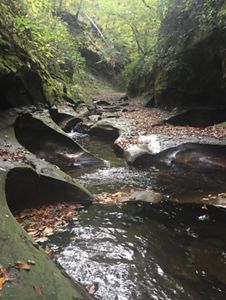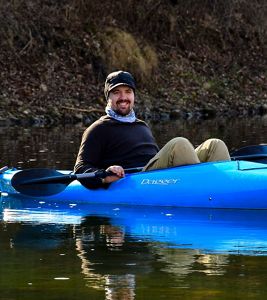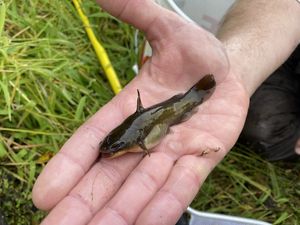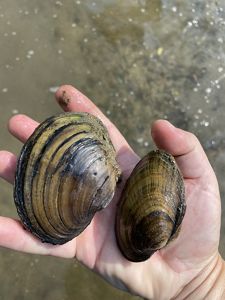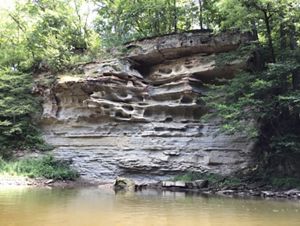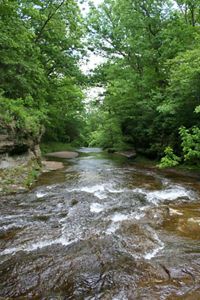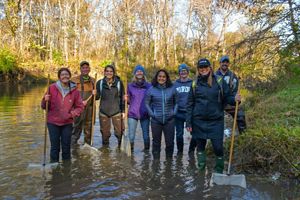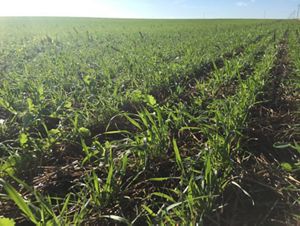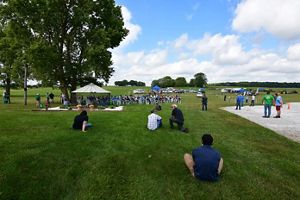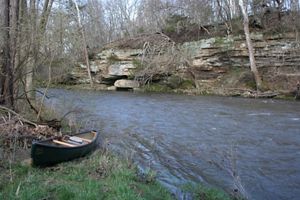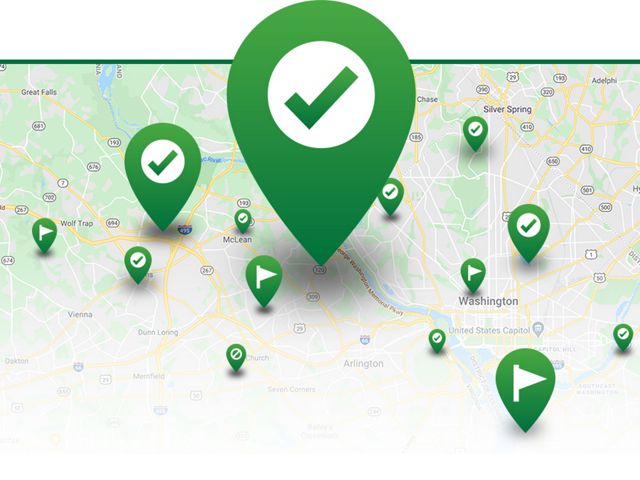Description
The Big Pine Creek Watershed is one of a kind. The 209,000-acre Watershed extends across four counties in west central Indiana. The northern and western regions of the Watershed were historically prairie, and the southern and eastern regions were woodland. The topography ranges from flat highlands in the headwaters to rolling and cavernous in the lower reaches. Big Pine Creek empties directly into the Wabash River upstream of Attica, Indiana. This diversity of land types and land uses presents unique challenges, but also great opportunity.
Big river fish regularly travel upstream from the Wabash River to calmer water and can often be spotted in the eddies and holes worn in the bedrock substrate by millennia of flowing water. Springs and clear water tributaries provide cool, fresh water to the system. The unique riparian features of Big Pine Creek support rare flora and fauna that can be found few other places in Indiana.

